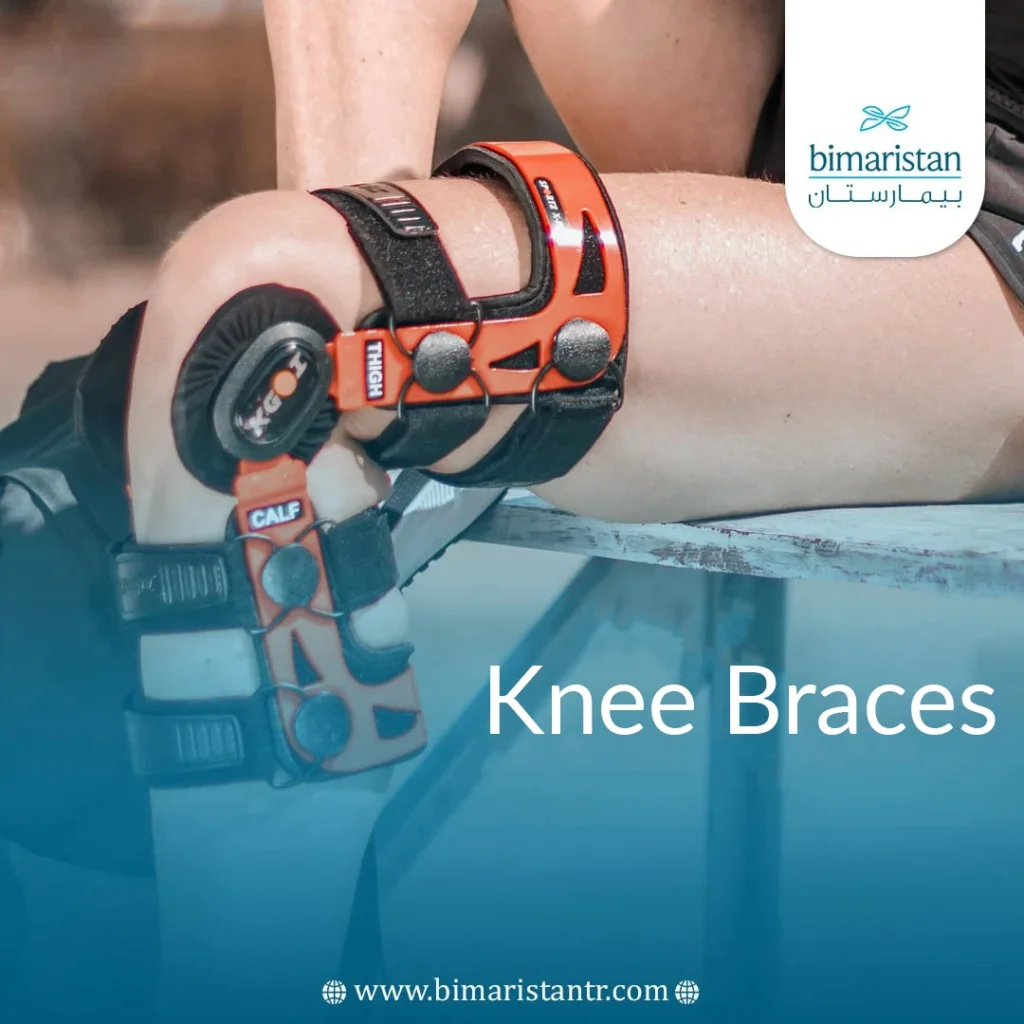A knee brace is a device that supports and treats various knee problems. knee braces types are plenty, so it is essential to choose the best for your knee.
Choosing the best type varies from person to person, depending on the purpose of the brace. Each brace offers unique benefits, such as braces designed for athletes differing from those intended for treating arthritis in older adults.
Wearing a knee brace helps reduce knee pain and supports the knee by redistributing the body’s weight to other areas along the lower limb. Continue reading to learn more about the best types of knee braces and their benefits.
What are the knee braces types?
Recently, many different types of knee braces have emerged to provide maximum benefit to the wearer. Several factors should be considered when choosing a brace, such as the intended purpose, the brace’s design, and its cost.
Given the variety of braces available, we will categorize them into the following main groups:
Functional knee brace
This type of brace stabilizes and secures the knee joint after severe ligament or tendon injuries and during rehabilitation following surgery on one knee. It controls the joint’s movement and ensures its safe motion.
The functional knee brace is most commonly used during recovery from sports injuries. One of the most frequent injuries is anterior cruciate ligament (ACL) tears, which require a combination of bracing and prolonged physical therapy.
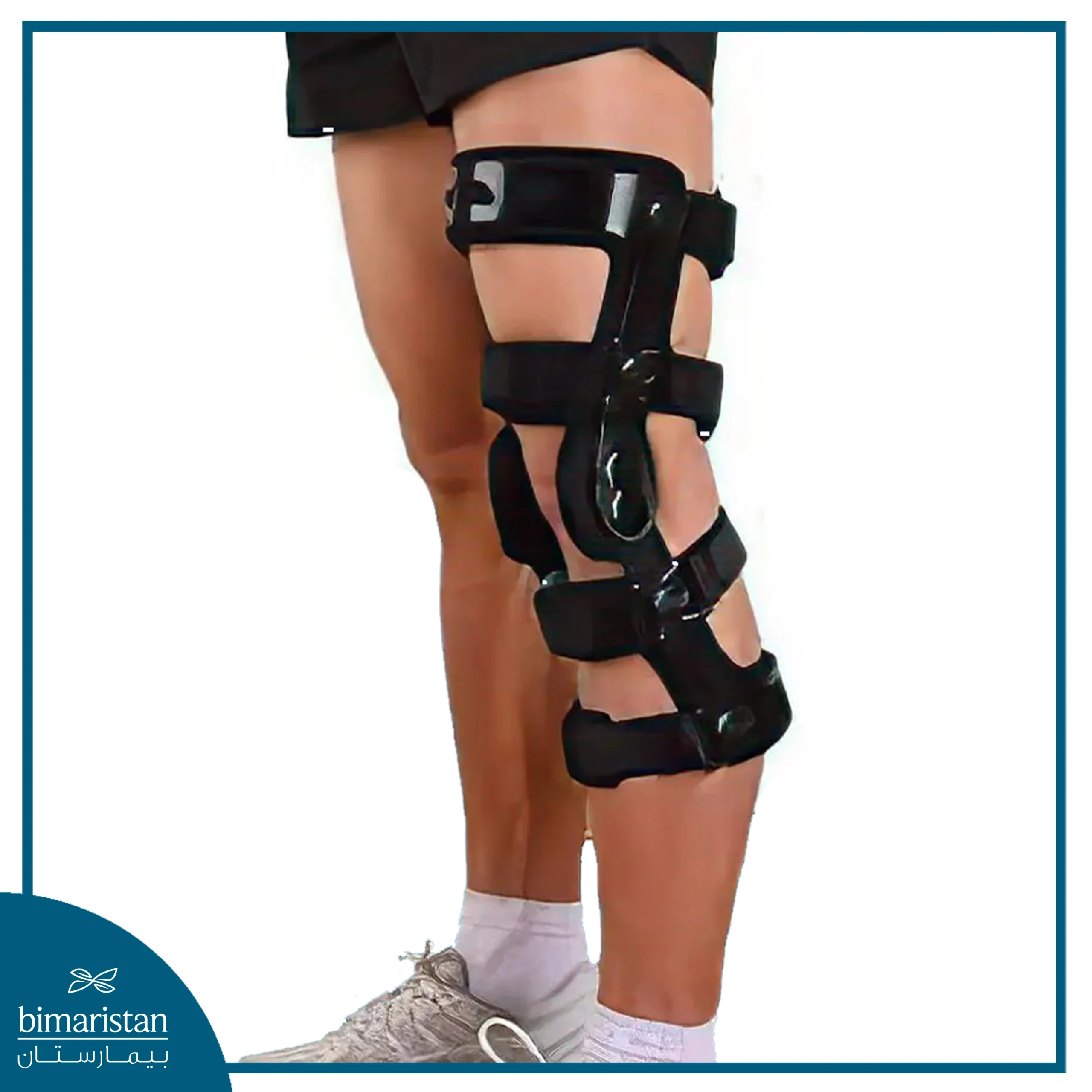
Unloading (weight-distributing) knee brace
This type of brace helps reduce knee pain in patients with osteoarthritis by decreasing the pressure on the knee joint and redistributing it toward the thigh.
The knee joint supports the full weight of your body, making it more prone to injury and degenerative inflammatory diseases. This medical device can help reduce the load on the knees, relieving the intensity of the pain you are experiencing and improving the range of motion with less joint stiffness.
In advanced stages of osteoarthritis, a knee brace is often no longer effective, and other options, such as knee replacement surgery, may be necessary to alleviate pain.
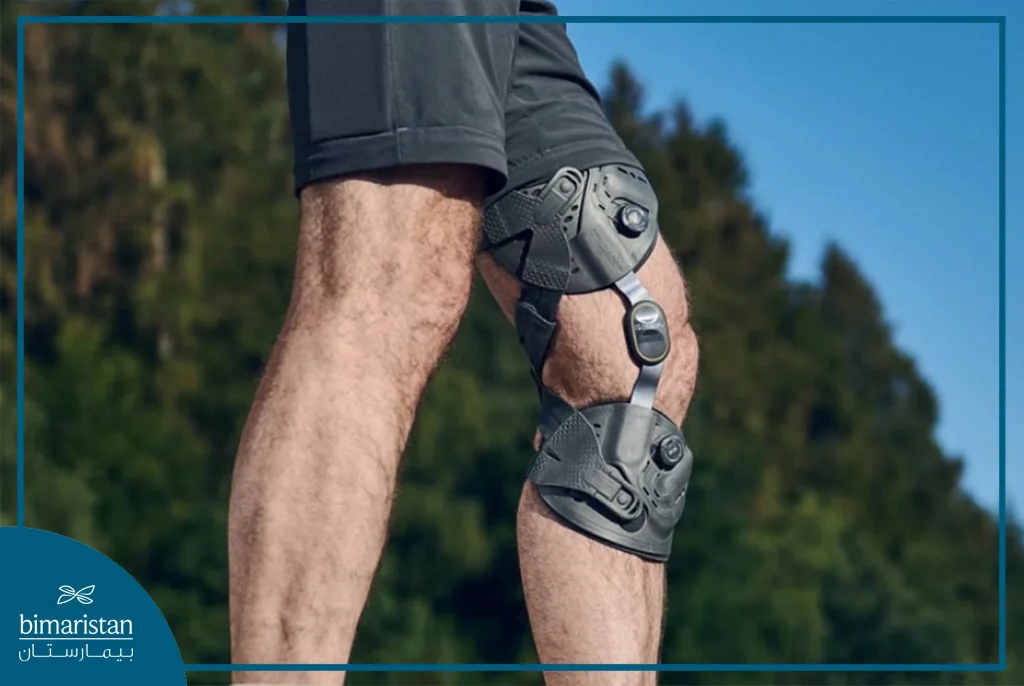
Preventive knee brace
This type of brace is used to protect the knee and prevent injuries, especially during sports that place significant pressure on the knee joint.
Twisting or excessive bending of the knee can cause tears in the ligaments that connect the bones within the joint. This brace safeguards the knee ligaments by preventing overstretching and applying pressure to the surrounding tissues.
In reality, there are various knee braces types, each designed for specific activities. For example, the brace for volleyball players differs from that for motorcyclists.
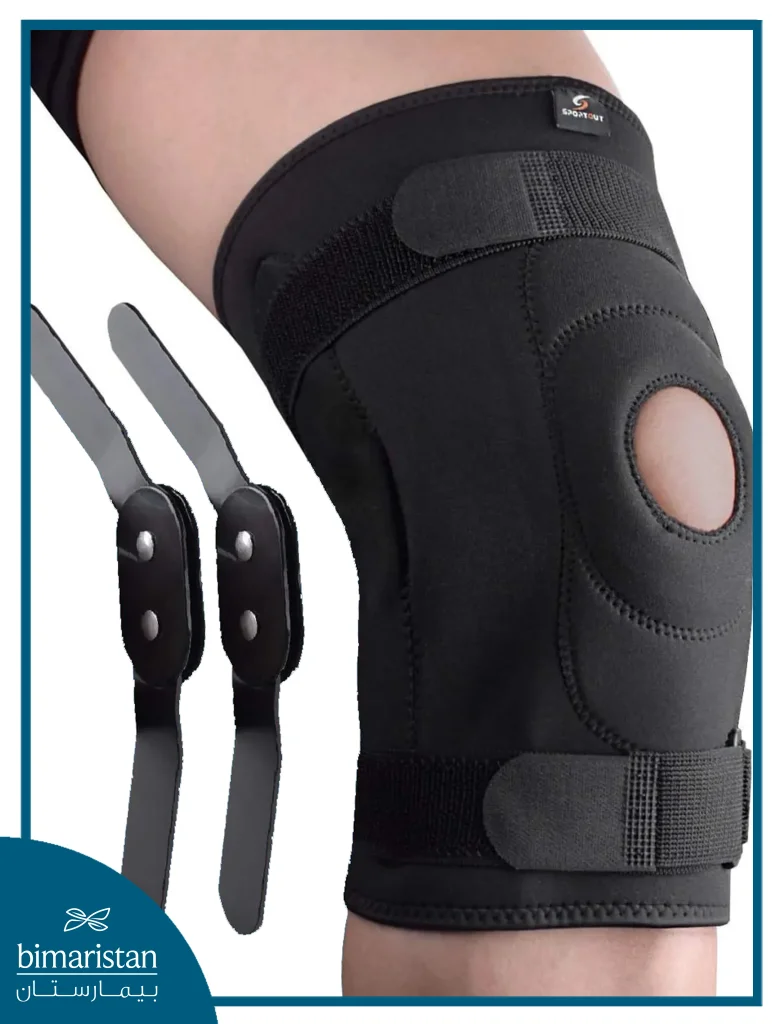
Hinged knee brace
Hinged knee braces are often used to stabilize the knee in cases of fractures or after surgical procedures. This brace can extend from the ankle to the upper thigh to ensure the stability of the entire leg. It may also be equipped with an electronic meter that controls the degree of knee flexion and range of motion.
In fact, the effectiveness of braces in treating knee osteoarthritis is still unproven. However, new treatments such as platelet-rich plasma (PRP) injections and stem cell therapy have recently emerged for managing osteoarthritis.
Compression knee brace
This type of knee brace is primarily used to reduce swelling by applying pressure to the tissue around the knee, thus decreasing joint swelling. It also helps alleviate knee pain and improve mobility.
Made from lightweight, breathable materials, these braces are highly comfortable, making them a preferred choice for many people.
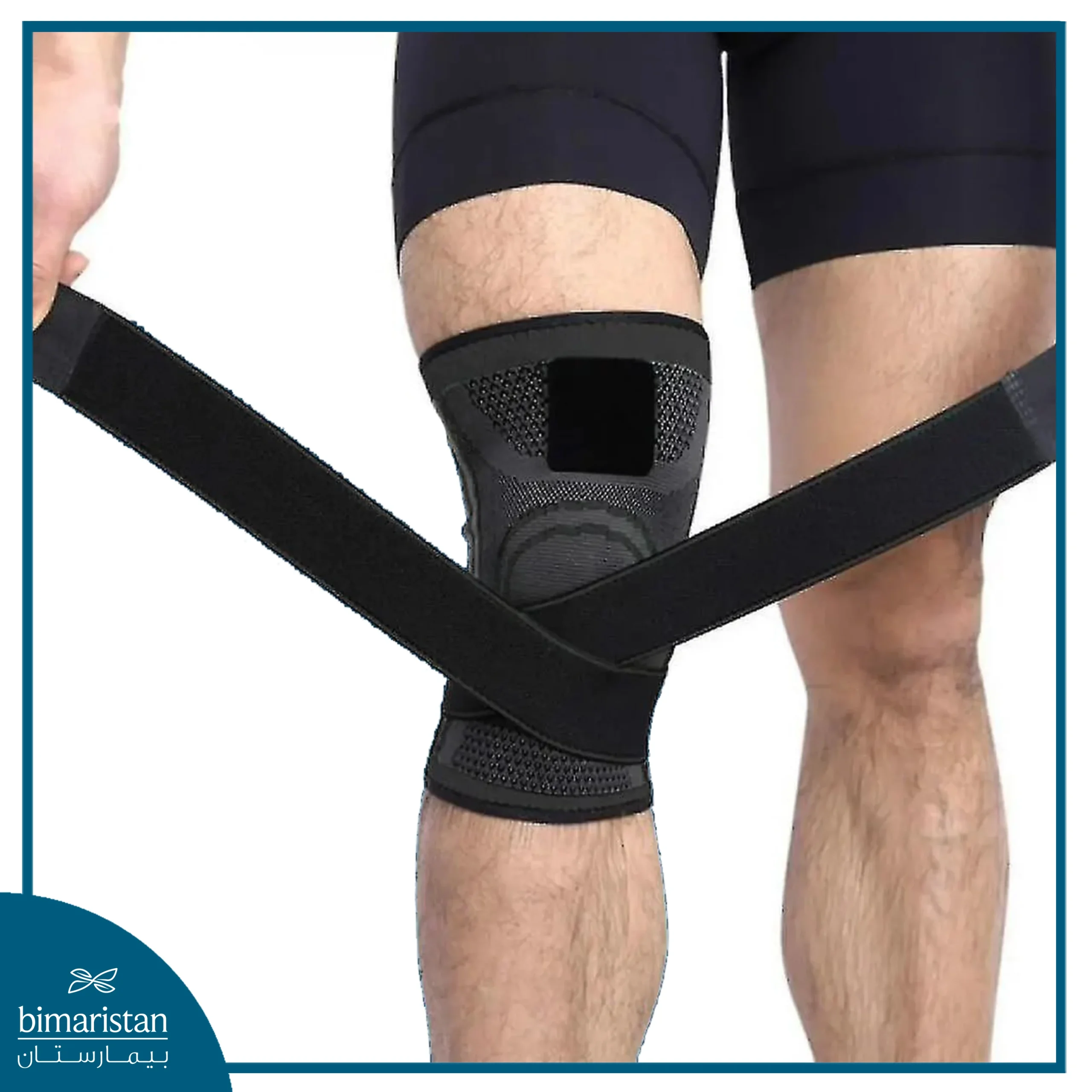
Knee braces shapes
Knee braces come in various designs and components depending on their function. Some are simple straps that wrap around the knee, while others are cylindrical, made of metal or plastic pieces.
The main shapes of medical knee braces by design are:
Knee sleeves
These are braces made from neoprene that slip over the knee. They come in various sizes and colors and are often worn by athletes during matches.
They are comfortable, lightweight, provide warmth, and offer knee support. They are also used for managing chronic patellofemoral pain syndrome.
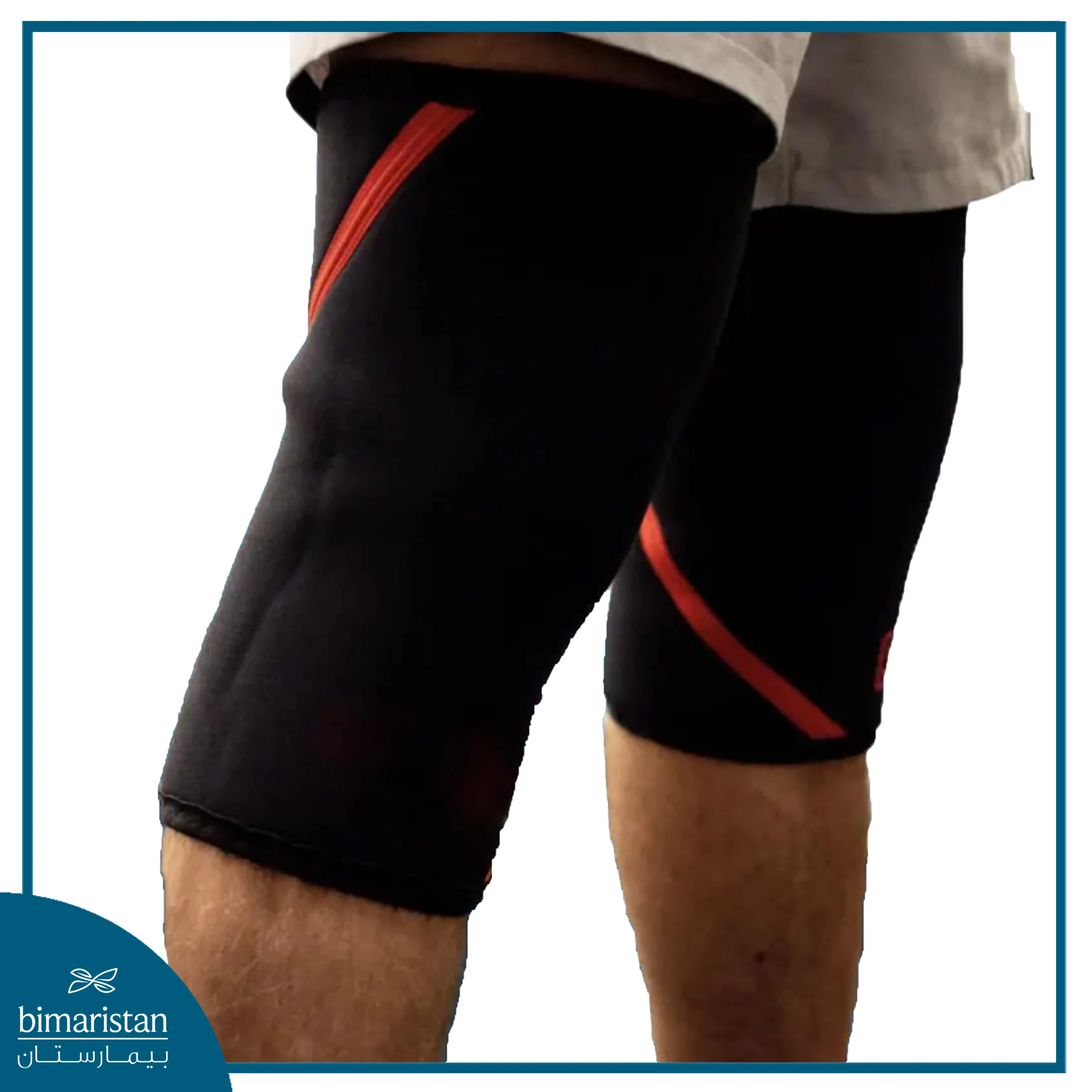
Knee pads
Knee pads are used to protect the knee from injury, especially during activities like motorcycling, skateboarding, or certain professions like plumbing and painting that involve continuous knee bending.
However, knee pads do not provide joint stability during movement and are primarily used to prevent accidents.
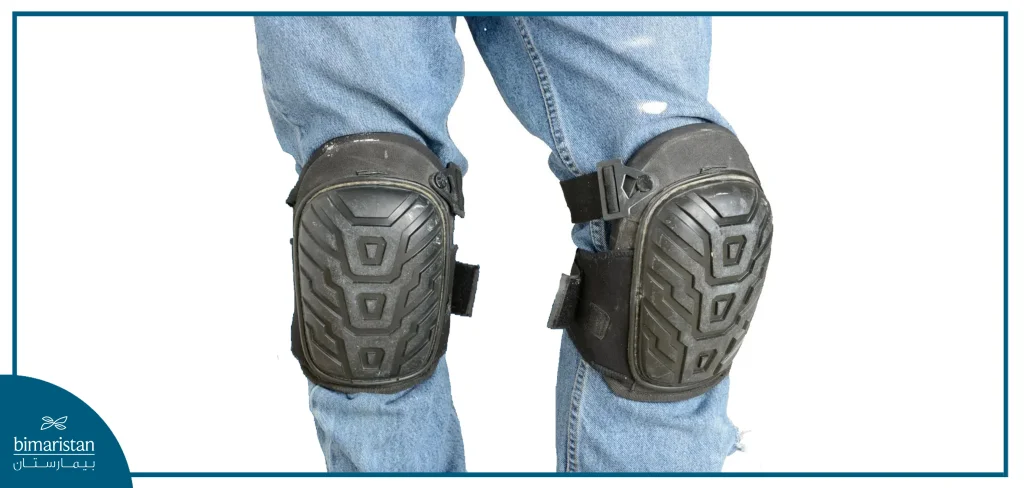
Patellar straps
Patellar straps, medical bands that wrap around the patellar tendon, have become increasingly popular for managing pain in the front of the knee.
These straps reduce pressure on the tendon, helping to relieve pain caused by tendinitis. You can read more about knee tendinitis.
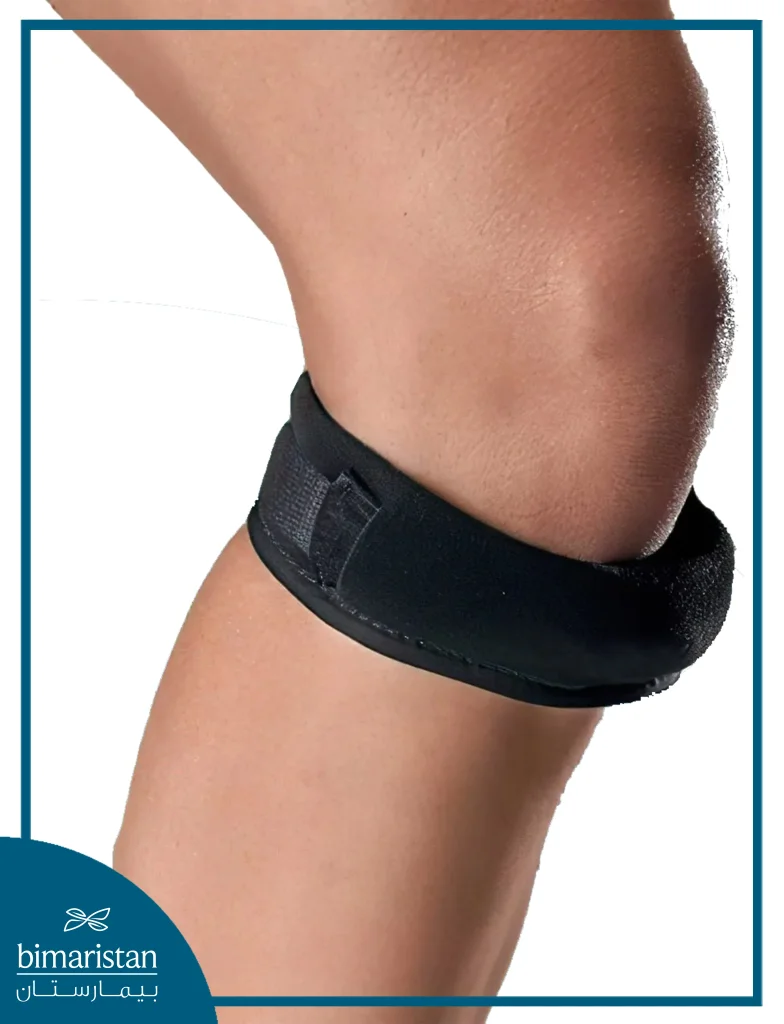
Benefits of knee braces
Knee braces improve the quality of life for both patients and healthy individuals by providing the following benefits:
- Supporting and stabilizing the knee
- Relieving knee pain
- Improving mobility
- Reducing the load on the knee
- Ensuring proper blood flow to the knee joint
- Preventing injuries, especially in athletes
Risks of knee braces
Improper use of medical knee braces or failure to follow a doctor’s or physical therapist’s instructions can lead to some risks, especially if the wrong type of brace is chosen.
Potential risks include:
- Pain and discomfort
- Redness and skin irritation where the brace is applied
- Lack of benefit from the brace
- Joint stiffness
- Cost of knee braces in Turkey
The price of knee braces varies depending on the type and manufacturer. Generally, the cost ranges from $10 US dollars for a basic brace to $1,000 US dollars for more advanced braces used to treat arthritis.
If you have any questions about the best knee braces types available in Turkey, contact us. At Bimaristan Medical Center, we provide services to ensure patients receive optimal care in all medical specialties.
In conclusion, although there are many knee braces types, each has a function that distinguishes it from others. The best way to choose the right brace for you is to consult your specialist, who will assess your condition and recommend a brace tailored to your knee.
References:
- Knee braces, Amerihealth, Caritas.
- What you need to know about knee bracing, Vanderbilt University Medical Center.



